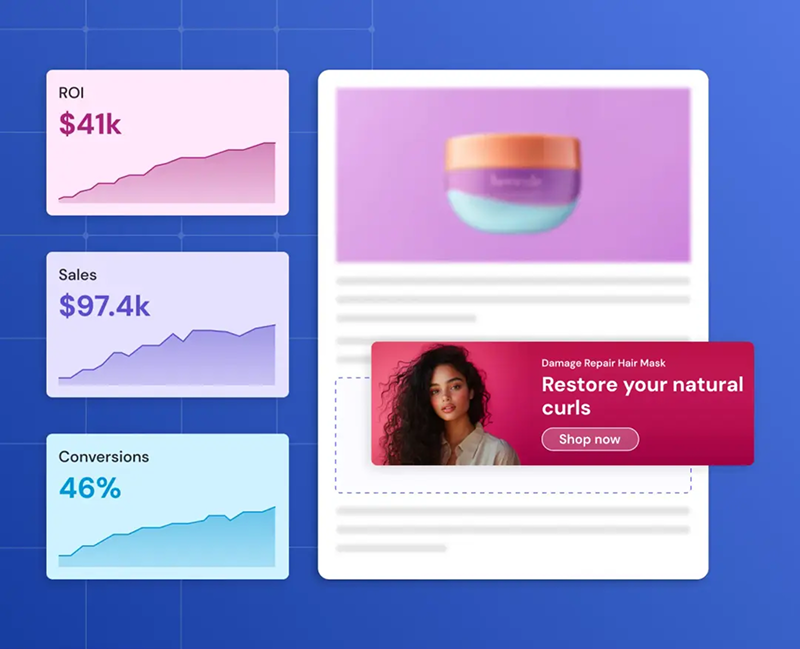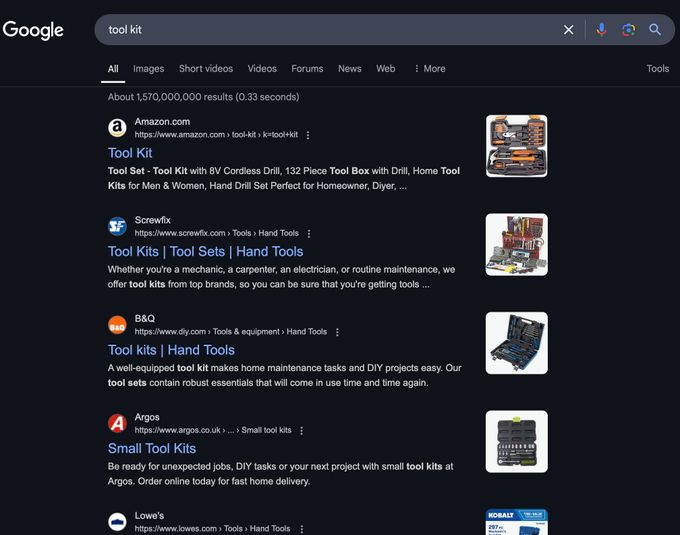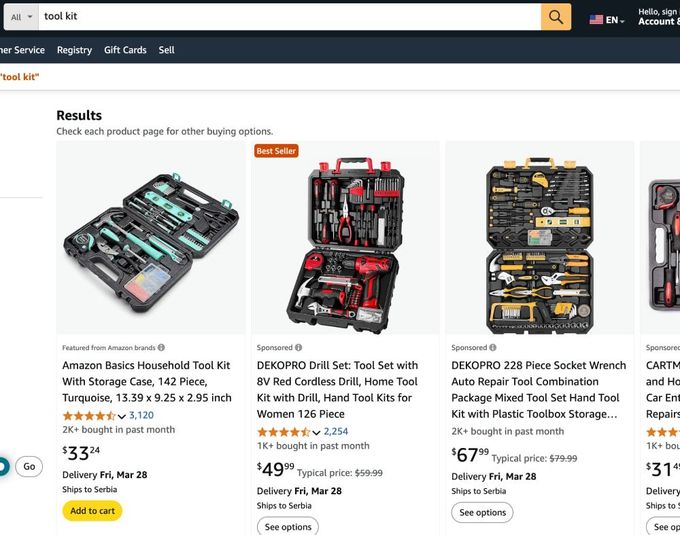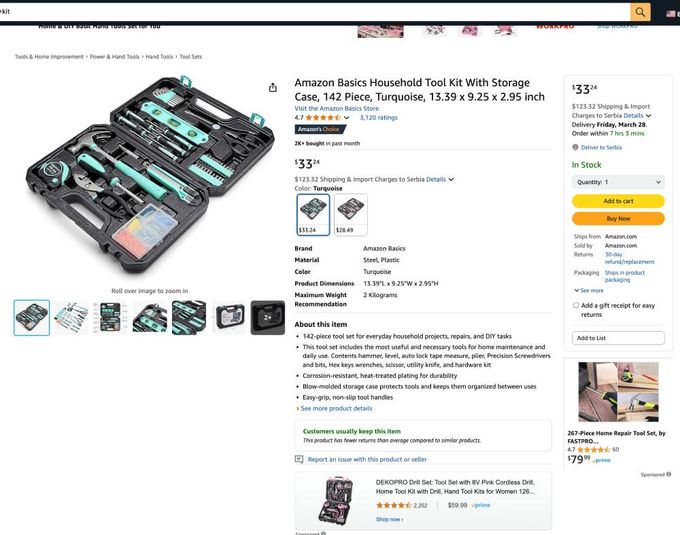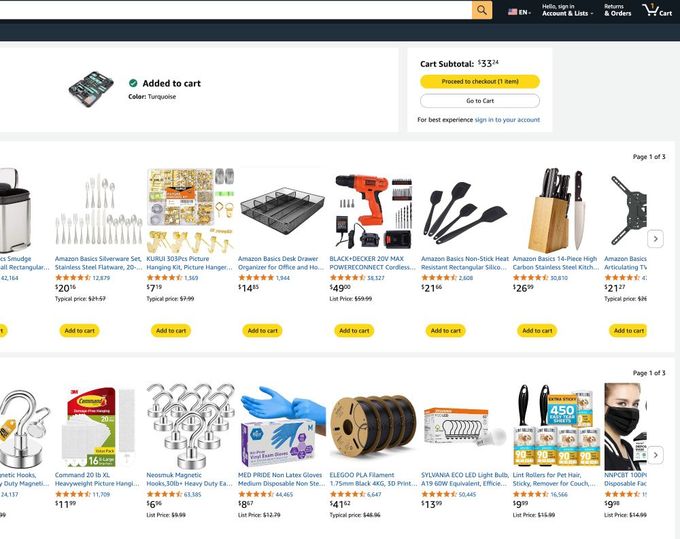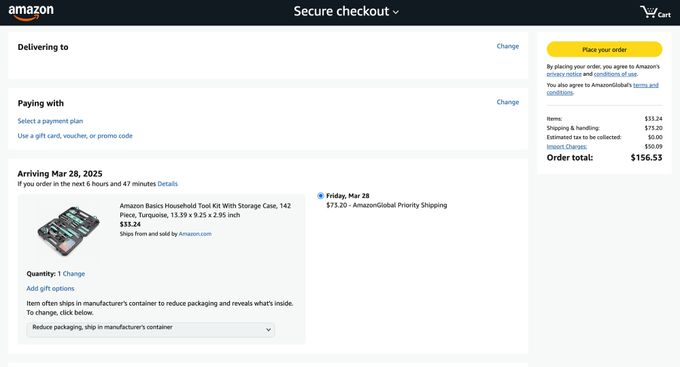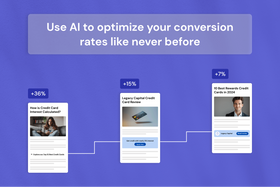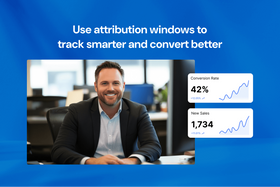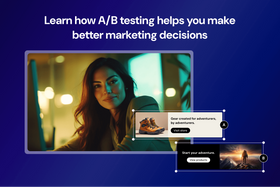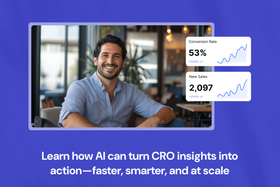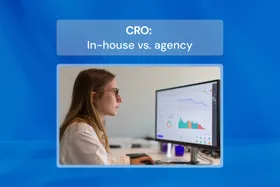What is a conversion path? A clear and simple explanation
Ever wonder why some website visitors buy while others just browse? The secret lies in understanding their conversion path.
Updated April 4, 2025

You've spent countless hours building your website and creating content, yet visitors come and go without taking any meaningful action. Your analytics show decent traffic, but your actual sales or sign-ups remain disappointingly low. You're left wondering: why aren't these visitors becoming customers?
Without visibility into how visitors navigate your site, you're wasting marketing dollars and losing potential revenue. Meanwhile, competitors who track this are steadily growing their customer base.
Conversion paths show exactly how visitors transform into customers—from first click to final purchase. By understanding and optimizing user journeys, you can remove obstacles, improve user experience, and significantly increase your conversion rates.
Key takeaways
- Conversion paths guide visitors from awareness to conversion and allow you to optimize for higher conversion rates.
- Effective paths include landing pages, CTAs, content offers, thank-you pages, and final conversion points.
- These paths span paid search, organic search, social media, email, and referrals, with multi-touch paths.
- Regular analysis for drop-off points can help you refine strategies and boost conversions.
What is a conversion path?
A conversion path is the series of steps a website visitor takes to achieve a final goal, such as purchasing, signing up for a newsletter, or downloading a guide. It includes multiple touchpoints and interactions that guide them from their initial visit to completing a desired action.
A well-defined conversion path is crucial because it simplifies the user journey, reducing friction and increasing the likelihood of conversion. It improves user experience, boosts conversion rates, and helps you track and optimize each step using data-driven insights.
The conversion process includes:
- Lead capture: Collecting visitor information through forms or CTAs
- Lead nurturing: Providing relevant content or offers
- Conversion: Completing the desired goal (purchase, sign-up, etc.)
- Post-conversion follow-up: Sending thank-you emails, offering upsells, or providing additional resources
Elements of a customer conversion path
Common elements of a customer conversion path include:
Landing page: A tailored webpage that serves as the entry point for visitors after clicking on an ad, email link, or search result. It should have a clear headline, relevant visuals, and focused messaging that aligns with user intent. Its design should convert visitors into leads or customers by encouraging specific actions.
Call-to-action (CTA): A prominent button or link that prompts visitors to take an action, such as "Sign Up," "Download Now," or "Add to Cart." It should be visually appealing and use action-oriented language to guide users to the next step in the conversion path.
Content offer: An incentive, such as a free ebook, webinar, or demo, that motivates users to engage with your brand. The offer should provide value and align with the users' needs and stage in the buyer's journey.
Thank-you page: A confirmation page that expresses gratitude for the user's action and delivers the promised resource. It can include additional CTAs or related offers to encourage more interaction with your brand.
Endpoint: The final step where the primary conversion goal is achieved, such as completing a purchase or subscribing to a service. It should clearly confirm the action taken and provide next steps in the customer journey.
» Learn more about conversion funnels and how to optimize them.
Types of customer conversion paths
- Paid search: Users find your site by clicking on paid ads from Google, LinkedIn, or Meta. This type of conversion path is effective for targeting specific keywords and audiences, leading to direct conversions or assisting other channels.
- Direct: Users visit your website directly by typing the URL or using a bookmark. Such traffic reflects strong brand recognition and loyalty. It typically leads to immediate conversions without additional steps.
- Organic search: Users find your site via unpaid search engine results. This path relies on strong SEO-optimized content and metadata. It contributes to conversions at many stages of the buyer's journey.
- Email: Users click on links in promotional or transactional emails. Email campaigns can drive both direct conversions and assist other channels by nurturing leads through personalized offers or reminders.
- Referral: Users arrive via links from partner sites or review platforms. Referrals often result in high-intent traffic because users are already engaged with related content before clicking through.
- Social media: Users click on links shared through Facebook, Instagram, or LinkedIn. Social media drives conversions through targeted ads, organic posts, or influencer collaborations.
- Multi-touch paths: Many conversions involve multiple touchpoints across various channels. For example: Email → paid search → organic search → conversion. Each channel contributes partially.
How to create a conversion path in 7 steps
1. Define your conversion goals
First, you should define your conversion event, such as purchases, sign-ups, or downloads. Then, think about the goals you want to achieve in a specific timeframe. For example, a software company might aim to increase free trial sign-ups by 20% over the next quarter.
To apply this to your work, use the SMART framework to set goals that are Specific, Measurable, Achievable, Relevant, and Time-bound. Avoid being vague and setting goals like "increase engagement" without defining specific metrics or timelines.
» Find out how AI can help you boost your conversions.
2. Understand your target audience
Develop detailed profiles of your ideal customers, especially pain points that drive their motivation to visit your website.
For example, an e-commerce platform selling pet doors might identify that its primary audience is pet owners who want their dog or cat to come and go freely while they're away.
The best way to know who your ideal customer is is to conduct voice-of-customer research. You can use a tool like Hotjar to create a questionnaire for your website visitors.
Ask them open-ended questions like:
- What is the reason for your visit today?
- What task are you looking to accomplish on our website today?
- What are your top 3 priorities when choosing [product/service]?
- What would your ideal solution look like?
If you don't have enough visitors or if the response rate is low, you can check Reddit for people discussing issues that your problem solves. Then, corroborate the parts where people mention their pain points and desires and check for the most recurring themes.
» Discover ways to optimize your website for conversions.
3. Attract visitors with relevant content
Produce valuable and engaging content that addresses your audience's interests and draws them to your platform. For example, a fitness brand might publish and get conversions from blog posts on effective home workouts to attract health-conscious individuals.
Content that solves problems or provides value to your audience will boost your site's visibility and credibility. Also, avoid creating generic articles that don't resonate with your target audience. Work with subject matter experts and create thought leadership content to stand out from the competition.
» Find out how to create content that converts.
4. Design compelling landing pages
Develop dedicated web pages optimized to convert visitors by clearly presenting your value proposition and encouraging specific actions. For example, a SaaS company might design a landing page highlighting the benefits of its software with a prominent "Start Free Trial" button.
You should ensure landing pages are user-friendly, mobile-optimized, and feature strong headlines, engaging visuals, and clear CTAs. Avoid overloading them with excessive information or complex navigation.
» Create stunning landing pages with Entail's page builder.
5. Implement clear CTAs
Use concise and compelling prompts that guide users toward taking a desired action. For example, an online course platform might use an "Enroll Now" button on its course pages to encourage sign-ups.
Place CTAs strategically throughout your website, ensuring they stand out visually and convey a sense of urgency or value. Avoid using vague or passive language in CTAs, as this can lead to user confusion or inaction.
» Get inspired by these click-worthy CTA examples.
6. Create an effective thank-you page
After a conversion, direct users to a confirmation page that acknowledges their action and offers additional resources or next steps.
For example, after a newsletter sign-up, a thank-you page might provide access to exclusive content and suggest following the brand on social media. Don't miss the opportunity to nurture the relationship by providing a generic or non-informative thank-you page.
» Understand sales funnels and maximize your conversions.
7. Monitor and optimize the conversion path
Continuously analyze user behavior and conversion metrics to identify areas for improvement and implement data-driven optimizations. For example, an e-commerce site might observe a high cart abandonment rate and simplify the checkout process to reduce friction.
To apply this, regularly review analytics, conduct A/B tests, and gather user feedback to refine each step of the customer conversion path. Avoid neglecting ongoing analysis, as this can lead to missed opportunities for improvement and potential declines in conversion rates.
A conversion path example: Amazon
Amazon's conversion path guides users seamlessly from product discovery to purchase.
The key steps in this journey are:
1. Product discovery
You find products through various channels, such as organic search.
» Check out the stages of the marketing funnel.
2. Amazon results page
Here, you select the product you want to buy.
3. Product page
On the product page, you view detailed information, including descriptions, images, and customer reviews. If you're interested, you can click on the add to cart button.
» Discover effective content marketing strategies for e-commerce.
4. Cross-sell page
On this page, Amazon suggests related items you might want to buy, maximizing its average order value.
5. Checkout
You provide shipping and payment information to finalize your purchase.
» Check out metrics and KPIs for each stage of the customer's journey.
6. Order confirmation
Amazon sends an order confirmation email to the customer. This email typically includes:
- A summary of the items ordered
- The shipping address
- The estimated delivery date
- The total cost of the order
- A link to view the order status
To improve understanding of these conversion paths, Amazon introduced the Conversion Path Report. This tool offers advertisers insights into the sequence of ad interactions leading to a purchase, covering ad types like:
- Sponsored Products
- Sponsored Brands
- Sponsored Display
- Sponsored TV
- Amazon DSP
By analyzing these paths, advertisers can identify which ad formats effectively drive conversions and optimize their strategies accordingly.
» Compare paid and organic search to find the best strategy for your brand.
Build a clear path for your customers
Now that you understand conversion paths, it's time to implement this knowledge. Begin by mapping user journeys, identifying friction points, and testing improvements. Remember that even small adjustments to your path can yield significant results.
The businesses that thrive online aren't necessarily those with the most traffic—they're the ones that successfully guide visitors toward meaningful actions. By optimizing your conversion paths, you'll transform more browsers into buyers and maximize the return on every marketing dollar you spend.
